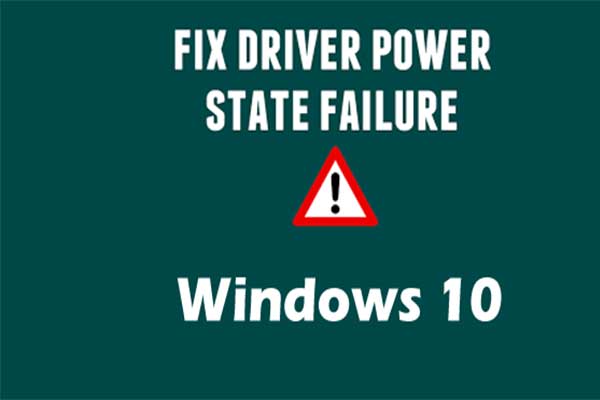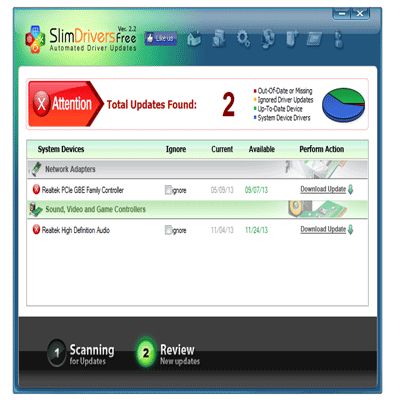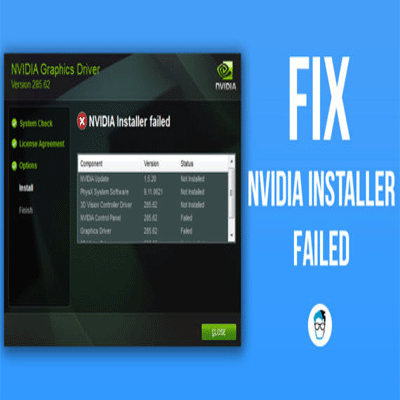It is quite a possibility that your Windows 8 Won’t Boot or Windows 8 stop working at all of a sudden or your device or your device hardware will simply crash. In case your Windows 8 Won’t Boot in the right way or it doesn’t boot at all there is a chance that registries in the operating system might be damaged and it is not so very simple to fix them. If you have a copy of your OS then it will help you in repairing Windows 8 of your system in case it is unable to boot.
In this article, we have some solutions to resolve my computer Windows 8 won’t boot up.
One of the main and foremost reasons for this error is that the loading screen in Windows 8 starts running the time till it restarts or in some cases, it passes the loading screen but users would be able to see only a black screen with the mouse cursor the time it loads.
Following are some of the main causes of the Windows 8 Won’t Boot Issue
- Windows 10 won’t start up: At times Windows 10 won’t start. This is one of the biggest problems, but users can resolve it by repairing it with one of our methods mentioned below in this article.
- Computer won’t boot up black screen: Sometimes PC isn’t able to boot at all and all you have left is a black screen.
- Computer won’t start: Another complicated issue is a sign of hardware error. Users can resolve it by checking its hardware.
- Windows doesn’t boot after BOS update: Users update their BIOS, but at times BIOS update is the reason this error pops up. Sometimes BIOS update resets BIOS to default, so you are supposed to change your settings in case you want to solve this issue.
- Windows doesn’t boot after RAM upgrade, new motherboard: This issue starts the time you change your system’s hardware. There are many users who have complained about this error after the time they download the latest RAM or a new motherboard.
- Windows doesn’t boot after overclocking: Some users have said that this issue starts after they overclock their hardware. In case you are having this exact error just delete your overclock settings and you will see that the issue should be fixed.
- Windows doesn’t boot blinking cursor: Windows sometimes can’t boot at all. They don’t start in the usual way and you will see that the cursor will start blinking. This is an issue with your graphics card and its drivers.
- Windows 10 boot failure: A boot failure message is also received by many users on their system. This message pops up in case there’s an error with your system’s hard drive.
- Windows don’t work, load: Not having enough ability of Windows to work or load is another cause of the issue my computer Windows 8 Won’t Boot. But users can solve it by going through this article and finding a solution.
Following are some procedures that users can use to resolve Windows 8 Won’t Boot Error
1. Checking Hardware
While a power-up of Windows sometimes your hardware devices crash and stop your system to boot in a normal way. In case your Windows is unable to boot, you should check your hardware by following the below instructions:
- In case the Windows 8.1 device is unable to power up the time you click the power button the first thing you are supposed to do is to check the power supply.
There is a huge possibility that your power supply is fried and you will see that your system will stop responding.
Note: Don’t forget to check the power outlet in your house.
- In case you hear a consistent beeping at the time your system starts and Windows are unable to load then you have to check your RAM memory. If you see that they are plugged in the sockets properly and still it is unable to work then unplug them one by one and try to boot, if you see that it boots only with one RAM memory then you have to change the other one.
- Users can also go for removing the power adapter, battery, and other peripherals that are currently plugged in, in case they have Windows 8 in their system. The time you unplugged just hold the power button of the Windows 8.1 laptop for 50 seconds interconnect everything once again and try to start it.
2. Initiating Windows in Safe Mode or go for a Clean Boot
In case your Windows is unable to boot, you can sort it out by entering Safe Mode.
You can do it by following below steps:
- When the Windows 8.1 device boots up you can try tapping the F8 button or the Shift and F8 continuously. In case that doesn’t work for you just open the Start Menu, tap the Power button, click and hold the Shift key and pick the option of Restart from the menu.
- Then pick Troubleshoot > Advanced options > Startup settings. Press on the Restart button and then select Safe Mode after you see that your PC has restarted.
- In case your Windows 8.1 device booted into Safe mode, try to remember the software you downloaded not a long time ago, and after the installation, you are having this issue. Just delete the software and try again to boot in the usual way to see if it solves the error.
- Here undo from Safe mode all recent changes you made to Windows 8.1 system files.
- After the completion of the above steps run a system check from Safe mode with your antivirus and see what is the reason for the error
- Now go for a System Restore in your Windows 8.1 system so you can able to get your system to its previous state and also resolve all errors you might have faced.
In case the option of System Restore does not work. Just go for a clean boot of the system by following the given steps:
- As the first step tap and hold the Windows key and the R button.
Now write in the Run window msconfig. Click Enter or press OK to run it.
- Then left click on the Services tab and check the box next to Hide all Microsoft Services. Then left click on Disable All button.
- After the completion of the above steps go to the Startup tab and press on Open Task Manager.
- Here you will see that list of all startup applications will pop up. Just choose the first entry on the list, right-click it, and pick Disable from the menu. Go for this step again for all entries on the list.
- Now close Task Manager and go back to the System Configuration window. Then tap on Apply and OK to save changes.
- In the end, just reboot the Windows 8.1 device and see if it boots in the usual way or not.
In case your Windows 8.1 loads up then there is no doubt about it that one of the applications you disabled earlier is the reason for the error. You can easily find the app that is causing the error by enabling applications one after another till you find the actual reason for your problem. After that, you just need to delete it and you will see that the problem has ended.
3. Disconnecting other Devices from your System
In case your Windows is unable to boot it can probably be because of your USB devices. Many users have complained regarding this issue but the time they disconnect all their USB devices from the system, the PC booted without causing any other errors.
Except that your network adapter can also be the reason for the error, so we suggest you disconnect the Ethernet cable from your system and check in case that resolves the problem. This is not the ultimate method to fix it but users can give it a try.
4. Checking Hard Drive Configuration in BIOS
In case your Windows doesn’t boot normally, the issue can be your hard drive configuration in BIOS. Some users have complained that their SATA Controller mode switched from AHCI to IDE is the reason for their issue.
Users can fix it by entering BIOS and setting their SATA Controller to AHCI or any other value that they were utilizing. After that, they just need to save changes and you will see that your system boots without any issues. Keep in mind that almost every version of BIOS is different, so in order to see how to access BIOS and how to change SATA Controller, we strongly advise you to check your motherboard manual for detailed instructions.
5. Changing BIOS Settings
Sometimes the error can be BIOS configuration. It seems to be that their BIOS is not set to restart after the power failure because their BIOS would interpret any restart as a power failure causing this problem to pop up.
Users can solve this issue by entering BIOS and changing the setting that stops it to begin after a power failure. The only thing you should remember is that every BIOS supports this feature, so just let yourself confirm that you have gone through your motherboard manual to see how to find and hide this feature.
6. Switching to the Integrated Graphics in BIOS
In case your system has dedicated and integrated graphics in it, there is a minor possibility that you can see this issue. In case your Windows is unable to boot, then the error might be dedicated to graphics.
Users can fix it by switching to integrated graphics in BIOS. You can learn about it by checking your motherboard manual.
Some users have complained that their dedicated graphics didn’t have the drivers that are the reason for this issue. The time you just move to integrated graphics and update the drivers on your own you will see that the problem was solved.
7. Checking if Cables are Connected Properly
Another reason can be your SATA cable. At times your cable becomes loose and stops your system from booting. You can resolve it by checking your SATA cable.
Just power down your system and disconnect it from the power outlet and open your system’s case. Have a look at your hard drive and check in case its cable is interconnected properly to the motherboard. The error should be solved after you interconnect your hard drive in the right way.
My Windows 8 Won’t Boot is an error that can cause a lot of issues for users. You can fix it by going through this article. We hope that the methods above mentioned in this guide will help you resolve your problem.










